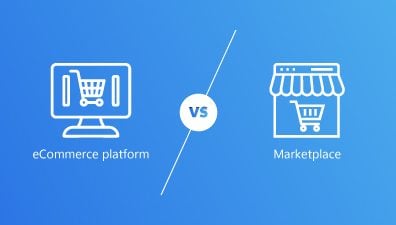Competition in eCommerce is spurring rapid tech advancements, with many brands adopting innovative solutions for growth and customer acquisition. Among these solutions, headless eCommerce architectures stand out. While it may seem headless commerce is ideal for agile startups, many enterprise-level eCommerce brands are also leveraging its benefits. Through this, enterprises can offer enriched shopping experiences, establish omnichannel strategies, and reduce customer acquisition costs. So, how does enterprise headless eCommerce differ from traditional setups, and what advantages does it present for these large eCommerce brands? Let’s delve deeper.
Table of Contents
What Is Headless Commerce for Enterprise?
Headless commerce represents a modern approach to building and managing eCommerce platforms. Instead of using a system where the front-end (user interface) and the back-end (data, business logic) are tightly coupled together, headless commerce decouples or separates these two components. This means that the front-end presentation layer is independent of the back-end commerce layer.
Traditional eCommerce systems are built on monolithic structures. In these setups, numerous components, ranging from the database to business operations, share a singular code base.
The user interface is deeply entwined with back-end functions like payment processing and inventory checks in such an architecture. Hence, making even minor front-end changes, such as adjusting content or updating UI elements, necessitates modifications throughout the system. This results in extended development periods and increased collaboration between front-end and back-end teams.

Traditional systems offer limited adaptability, often hindering integration with diverse content forms or platforms. In contrast, headless eCommerce platforms champion flexibility, enabling brands to deliver top-tier customer experiences across various channels consistently.
Given their longstanding presence and scale, enterprise eCommerce companies often rely on older, legacy technologies, including monolithic architectures. This makes adapting to evolving customer behaviors and enhancing eCommerce efficiency a challenging task. This is particularly pressing when they need to compete with agile startups.
To stay ahead, enterprise eCommerce entities need agility and quick adaptability. However, they often grapple with impediments that curtail their agility, be it outdated technology or bureaucratic red tape. Nevertheless, embracing a headless eCommerce strategy can offer significant advantages to these enterprises if they’re ready to transition.
This architecture allows businesses to choose any front-end system or presentation they wish, while the back-end remains consistent. This way, they can customize and optimize the customer-facing side of their platform without disturbing the underlying infrastructure.
The Best Enterprise Headless Commerce Platforms Today
Regardless of your enterprise’s focus, be it B2B or B2C eCommerce, a headless commerce solution is tailored for you. Given the rising trend of headless websites, there’s an abundance of such platforms available. But determining the right fit for your business can be a challenge. Let’s explore some of the top choices out there.
Magento (Adobe Commerce)
In the diverse landscape of enterprise commerce solutions, Magento, now known as Adobe Commerce after its acquisition by Adobe, stands out as a top choice for those seeking a headless approach.
Magento’s journey has been transformative. Originally designed as a comprehensive eCommerce platform, it has evolved to cater to the demands of the modern digital landscape. The introduction of Magento 2, especially, marked its clear transition towards headless capabilities, signaling its readiness to meet contemporary business challenges.
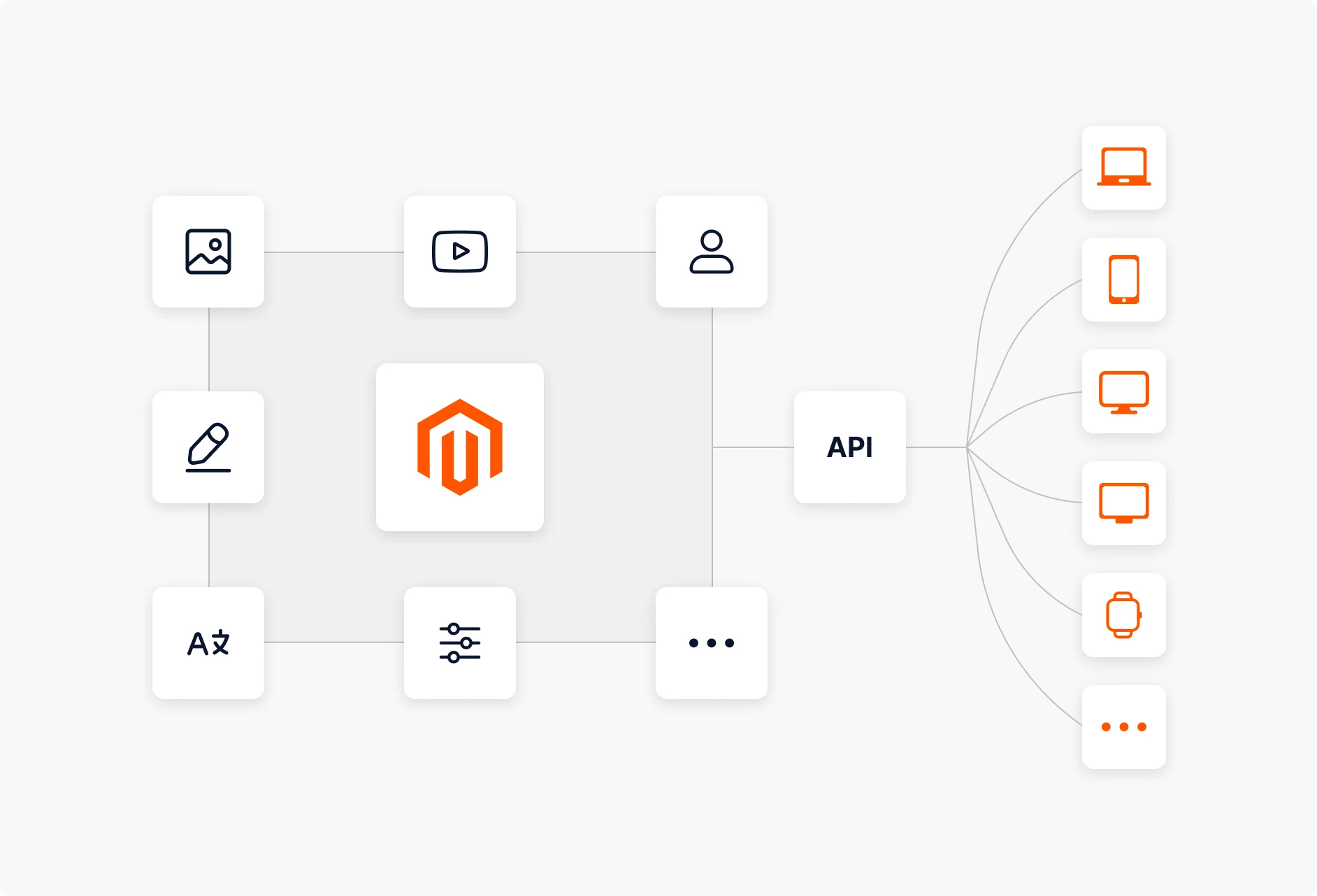
What makes Magento a compelling choice for enterprises is its inherent flexibility. The platform’s architecture, even in its headless incarnation, allows businesses to retain its robust back-end functionalities while being free to design and innovate on the front-end. This combination ensures that enterprises don’t have to compromise on back-end reliability when striving for front-end uniqueness.
Moreover, Adobe’s acquisition of Magento brought with it a suite of integrative opportunities. Being under the Adobe umbrella means Magento users can seamlessly integrate with other Adobe products, particularly those in the Adobe Experience Cloud. This synergy further boosts its appeal for enterprises aiming for a holistic digital strategy.
But perhaps the most significant advantage of Magento lies in its extensive ecosystem. Magento supports tailored integrations using the REST and SOAP web API frameworks. This enables seamless connections with various systems, including CRM, CMS, PIM, ERP, accounting, marketing, and inventory management, among others.
Shopify Plus
Shopify reigns as a dominant force in the eCommerce field. Known for its reliability and expansive app store, it has long held its ground as a conventional eCommerce choice. Yet, with the introduction of its GraphQL API, Shopify pivoted into the realm of headless commerce via Shopify Plus. This move not only modernized its offerings but also cemented its reputation as a globally relevant and dependable platform.

Embracing headless commerce with Shopify Plus means brands can unleash their creativity across multiple channels, touchpoints, and devices. It offers the freedom to centralize various operational systems – CRM, PIM, CMS, or ERP. Furthermore, the platform’s app ecosystem integrates seamlessly with renowned services like Google Sheets, Slack, Mailchimp, and Apple Business Chat. It even supports third-party marketplaces like eBay and Amazon, ensuring a broad reach.
The platform’s acclaim is not just due to its versatility but also its stability and user-friendliness. With an intuitive dashboard and content management system, Shopify ensures even novices feel right at home.
For those interested in exploring Shopify, there’s a free trial on offer. Their standard plans commence at $29 per month, while the enterprise-focused Shopify Plus is available at $2,000 monthly. Additionally, prospective users can employ a Shopify fees calculator to gauge potential expenses, encompassing transaction charges and credit card fees.
Hybris (SAP Commerce Cloud)
Initially establishing its reputation as a robust and versatile eCommerce platform, Hybris underwent significant evolution upon its integration with SAP. This marriage brought forth the birth of SAP Commerce Cloud, a powerhouse specifically crafted to serve the multifaceted demands of large enterprises. Marrying SAP’s renowned enterprise solution capabilities with Hybris’s eCommerce strengths, the platform offers a compelling blend of performance, flexibility, and integration capabilities.
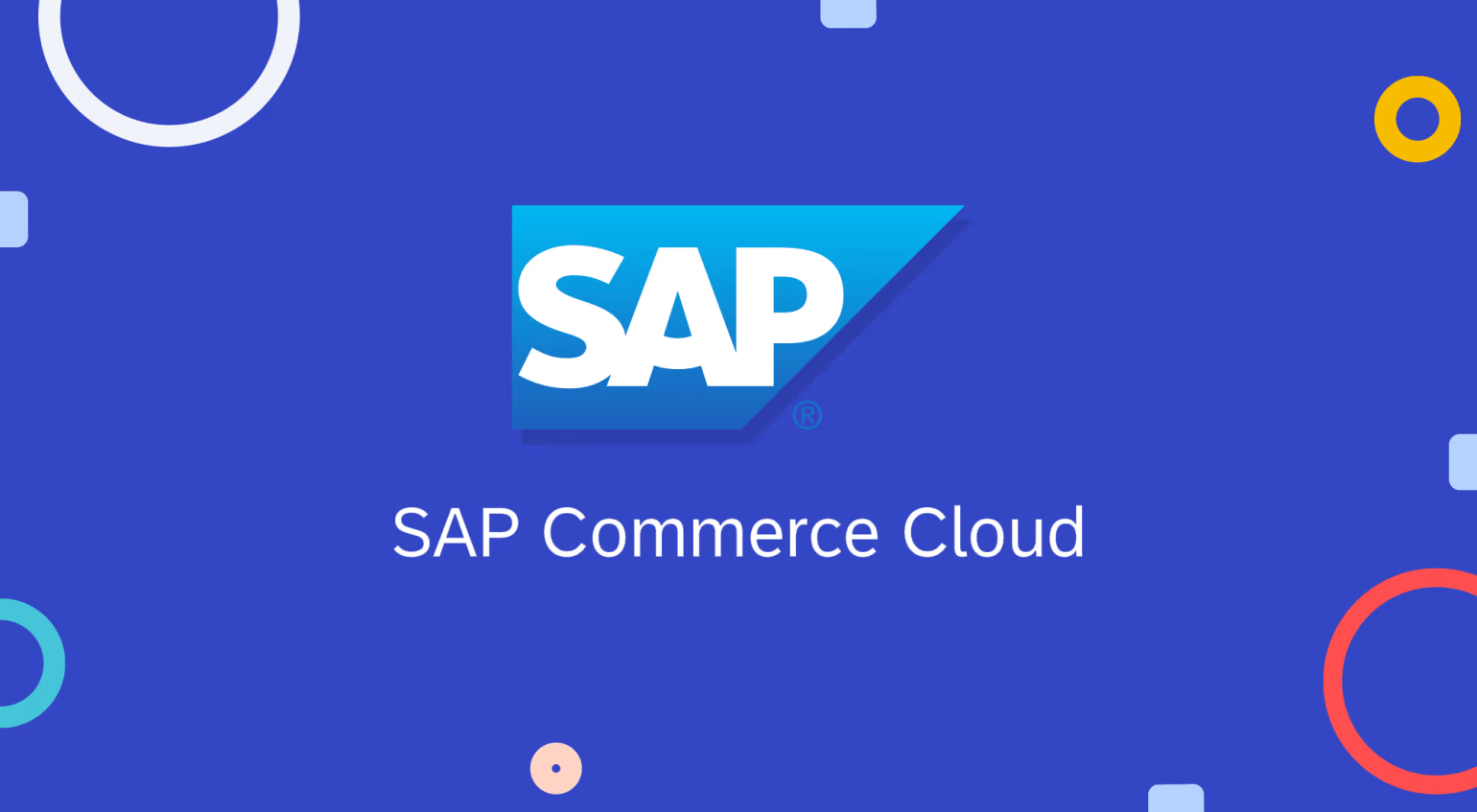
A cornerstone of SAP Commerce Cloud’s appeal is its adeptness at supporting headless commerce. By decoupling the front-end presentation from the back-end systems, the platform allows businesses to experiment with and deploy unique user interfaces and experiences. This separation empowers brands to swiftly adapt to market trends and consumer preferences without being bogged down by back-end complexities.
Complementing its headless capabilities, SAP Commerce Cloud boasts a suite of tools designed to address enterprise-scale challenges. Whether it’s global expansion, intricate supply chain logistics, or customer segmentation, the platform stands ready to assist. Furthermore, its ability to integrate seamlessly with other SAP offerings – like SAP S/4HANA, SAP C/4HANA, and more – means businesses can have a unified, holistic view of their operations.
Oracle CX Commerce (formerly ATG)
Before its acquisition by Oracle, ATG was already a force to be reckoned with, renowned for its robustness and flexibility. As it merged into Oracle’s ecosystem, the platform was elevated further, harnessing Oracle’s technological might and enterprise expertise. The resultant Oracle CX Commerce emerged as an amalgamation of ATG’s proven commerce capabilities with Oracle’s prowess in customer experience and data analytics.
Central to Oracle CX Commerce’s offerings is its capability to facilitate headless commerce. By segregating the front-end user experience from the back-end processes, enterprises are bestowed with the freedom to design captivating, responsive user interfaces. This adaptability is pivotal, allowing businesses to swiftly align with emerging market nuances and evolving consumer preferences, all while maintaining a robust back-end infrastructure.
Another defining attribute of Oracle CX Commerce is its seamless integration potential. It can flawlessly mesh with other components of Oracle’s suite, allowing for a consolidated view of customer data, sales metrics, and inventory management. This interconnectedness ensures that businesses can orchestrate a harmonized, data-driven approach across all their operations.
BigCommerce
BigCommerce delivers an enterprise-grade solution that boasts superior performance and a dynamic app ecosystem. Catering to both the B2B and B2C domains, it’s tailored for businesses aiming for scalable growth, ensuring they expand seamlessly at their desired pace.
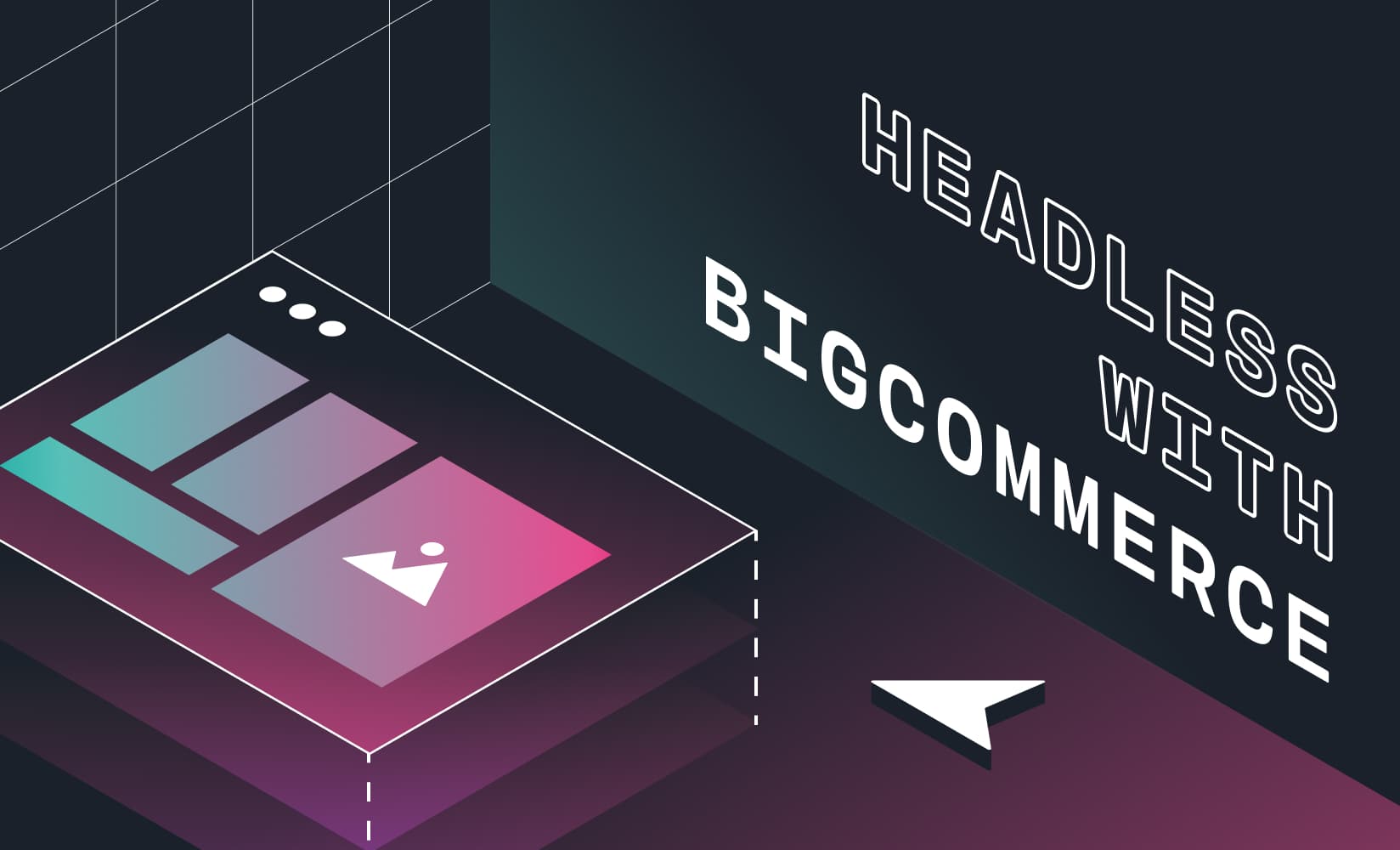
The platform stands out with its capacity for API-driven engagements. It seamlessly integrates with a wide array of tools and services, ranging from WordPress and eBay to Google and Stripe. For businesses heavily invested in WordPress, BigCommerce further enhances compatibility through its dedicated WordPress plugin, bridging the gap with the world’s predominant CMS.
A distinguishing feature of BigCommerce, setting it apart from many competitors, is its non-restrictive approach to API calls, ensuring unhindered operational fluidity.
For those considering a shift or a start with BigCommerce, the platform rolls out a tempting one-month free trial. Following the trial, its pricing begins at a competitive rate of $29.95 monthly.
Reasons Why Big Brands Should Use Enterprise Headless Commerce?
Omnichannel Retail Channel
In the contemporary shopping landscape, customers frequently traverse various channels to finalize a purchase, showing a clear inclination towards diverse commerce avenues. Implementing omnichannel strategies within a headless eCommerce setup facilitates a broader outreach, encompassing various platforms and target demographics. This combination of headless commerce and omnichannel integration proves to be exemplary, allowing enterprises to cater to both digital and in-person shoppers with tailored experiences.
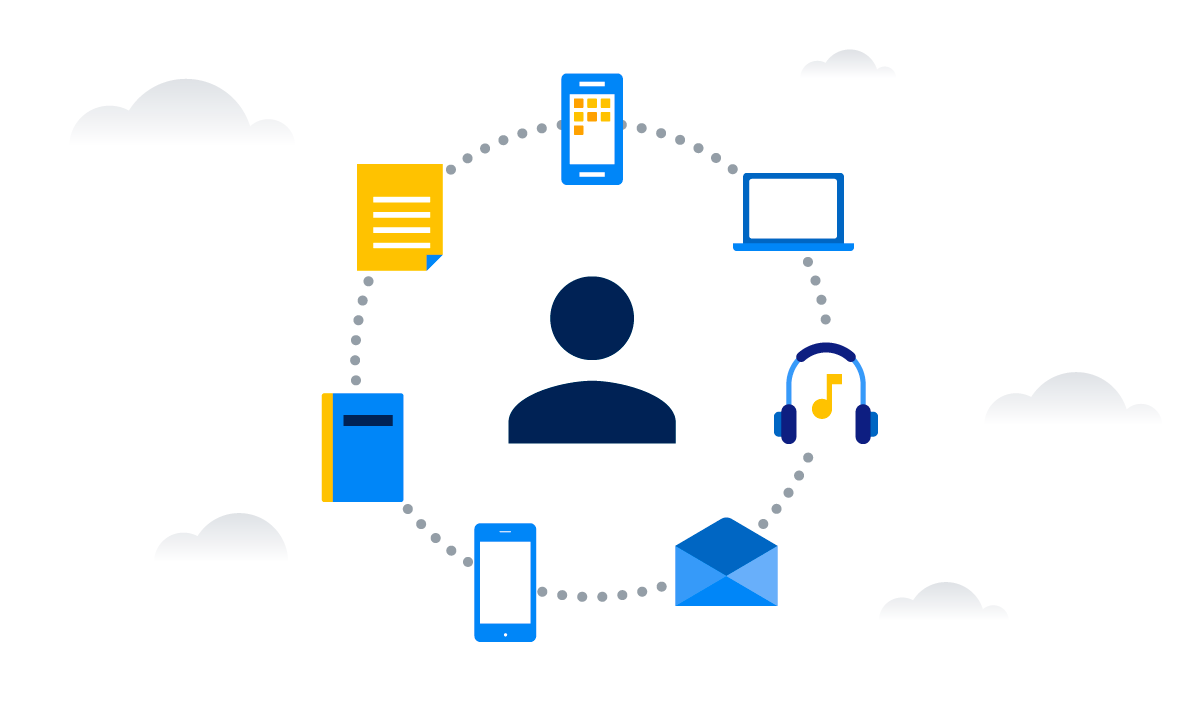
With headless eCommerce, online retailers have the prowess to transform every customer interaction into a potential sales avenue, all while effortlessly overseeing commerce operations from a centralized back-end. Beyond sales, this approach unlocks avenues for broader content dissemination and the inclusion of emerging sales channels. Additionally, with solutions like the Magento headless commerce platform, enterprises can remain confident about seamless compatibility and integration, eradicating potential tech-related concerns.
Competitive Advantage
Staying ahead in today’s fast-paced business environment necessitates swift adaptation to emerging technologies and market trends. However, making these transitions without interrupting regular operations can be a significant challenge. The beauty of enterprise headless commerce lies in its ability to facilitate rapid changes and improvements, enabling businesses to enhance their online store’s performance and maintain a competitive edge.
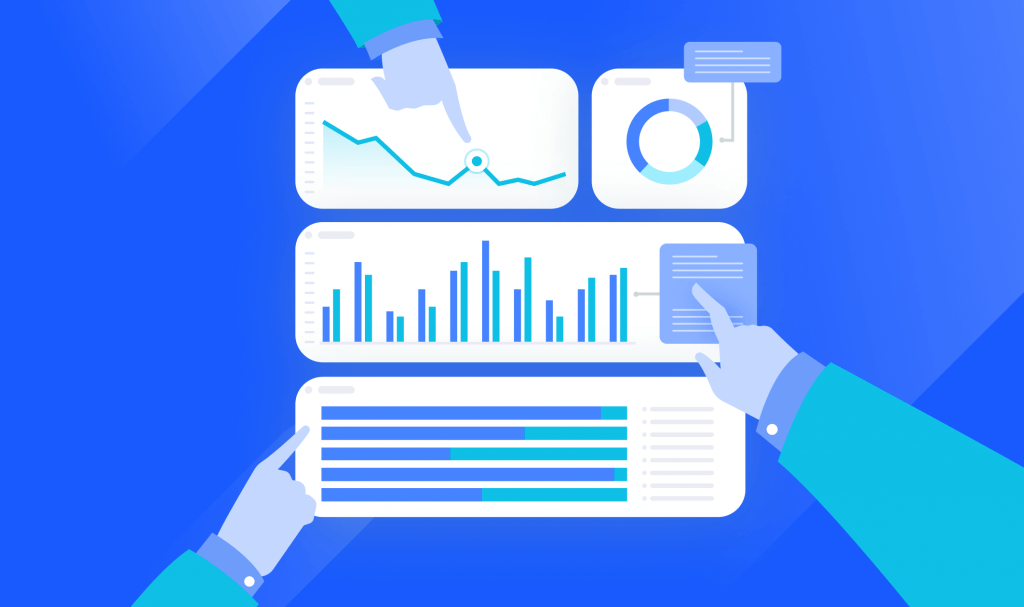
The freedom conferred by a headless eCommerce platform allows businesses to explore and innovate within the eCommerce realm with ease. They can play around with content, design, and various elements without any interference with the back-end systems.
Scalability
The myriad benefits outlined underscore the scalability that a headless commerce platform brings to your business, fortifying it for future demands. One of the standout features of headless commerce is its real-time adaptability; businesses can instigate changes promptly without getting bogged down in extensive planning phases.
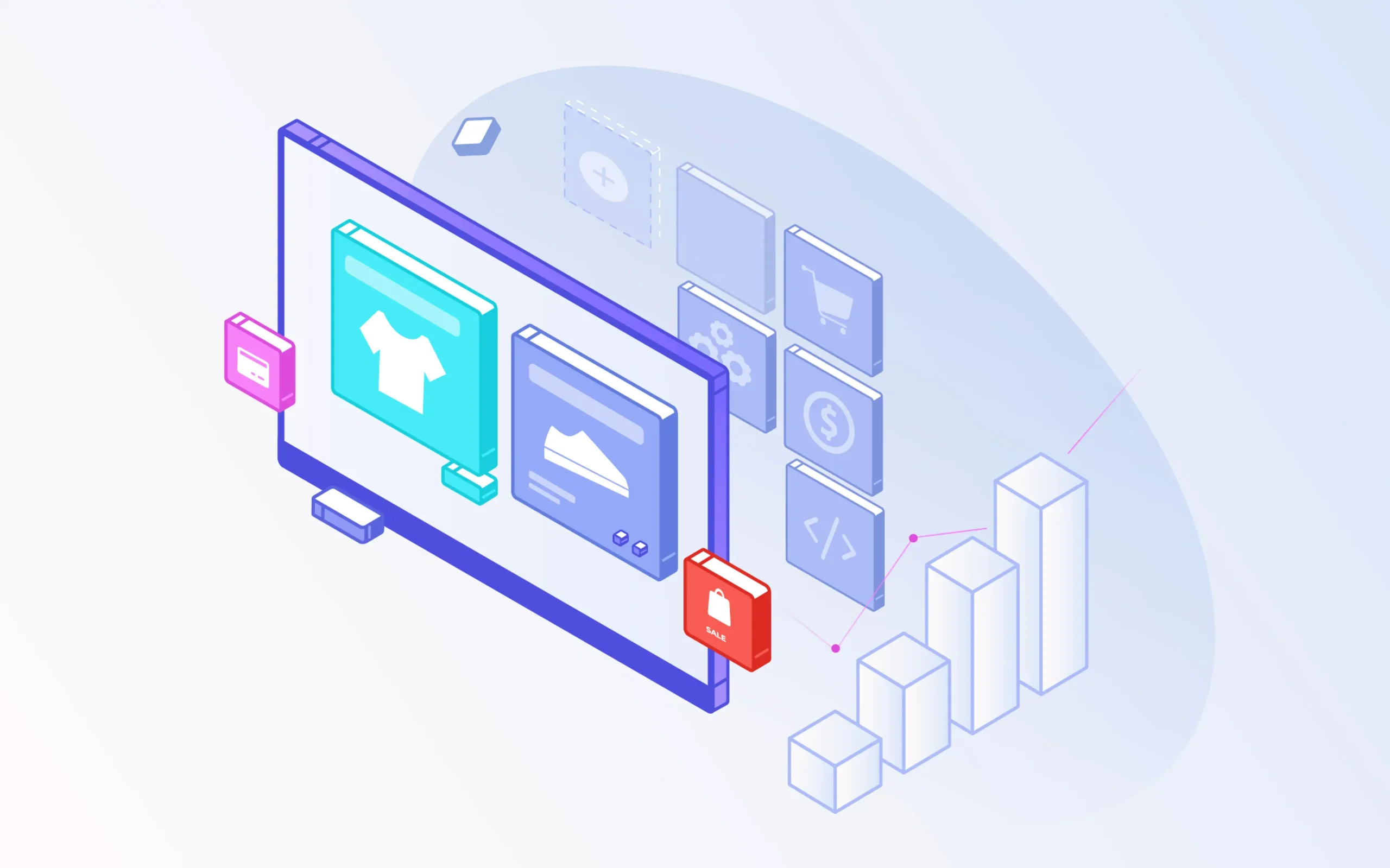
The delineation of the front-end from the back-end not only streamlines operations but also optimizes website performance. Opting for an enterprise headless commerce platform translates to greater agility, swifter responsiveness, and simplified maintenance and update procedures.
Key highlights of such a system include the capacity for swift adaptation, a tailored user experience, a streamlined developer workflow, accelerated web performance, a shortened time-to-market, and the ability to harness omnichannel retail opportunities. All these elements converge to uplift overall performance and provide an enriched shopping journey for customers.
Enhanced Customer Experience
One of the hallmarks of headless commerce is its adaptability. By decoupling the front-end and back-end, businesses gain the flexibility to customize and optimize their online interfaces without being constrained by the back-end system. This means they can swiftly respond to changing customer behaviors and preferences, offering interfaces that resonate more deeply with their target audience.
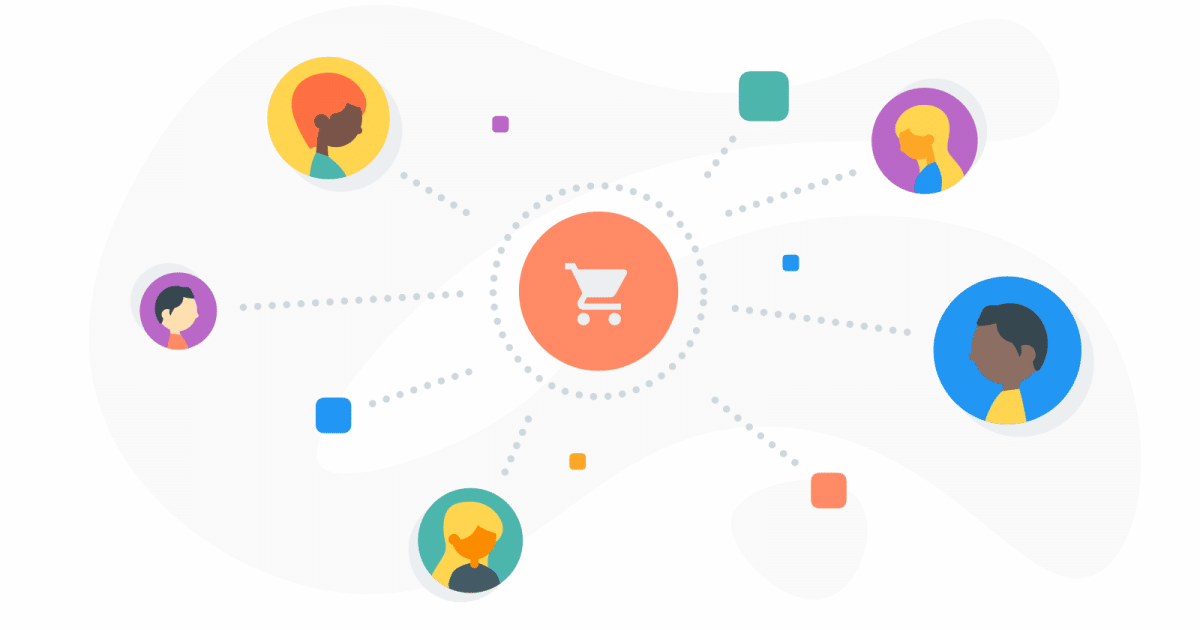
Moreover, as customer touchpoints diversify – spanning websites, mobile apps, social media platforms, and more – a headless approach allows businesses to maintain a consistent brand narrative and user experience across all channels. This seamless integration is integral in an age where consumers might begin their shopping journey on one device and complete it on another.
Beyond adaptability, speed is another facet where headless commerce shines. Without the burden of a monolithic structure, web pages can load faster, ensuring that customers don’t abandon their carts due to slow loading times. A swift and efficient online store naturally elevates the customer’s shopping experience.
Lower Advertising and Maintenance Costs
Traditional eCommerce systems, being monolithic in nature, often entail intricate, time-consuming updates and patches. Any adjustment or upgrade tends to ripple across the system, leading to extended downtimes and higher maintenance expenses. On the contrary, the decoupled nature of headless commerce means front-end and back-end components can be updated independently. This streamlined approach not only reduces the time and resources dedicated to maintenance but also minimizes disruptions to the customer experience.
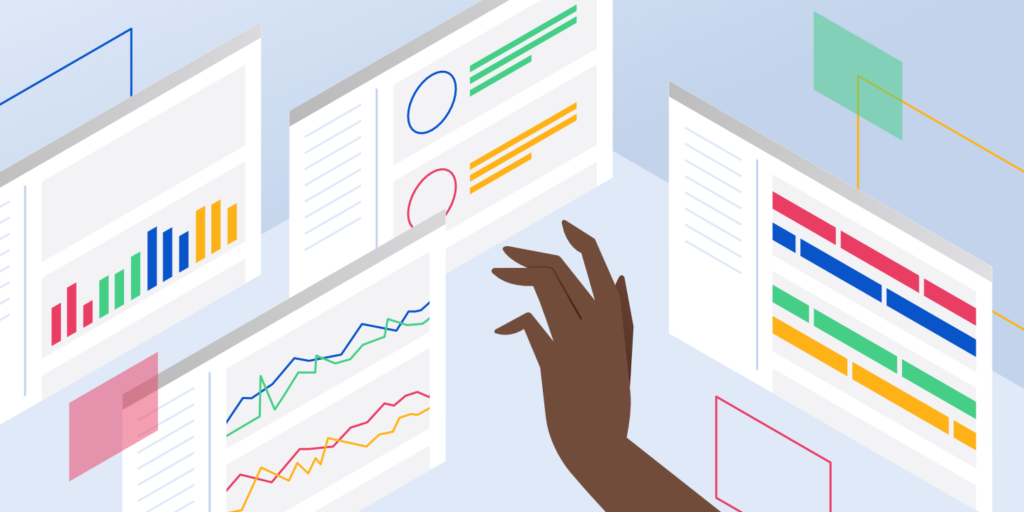
From an advertising perspective, headless commerce platforms offer distinct advantages. With the capability to swiftly update front-end content without delving into back-end complexities, businesses can adapt their marketing campaigns in real-time based on performance metrics and changing market dynamics. This agility ensures that advertising content remains relevant and timely, potentially improving conversion rates and reducing wasted ad spending on ineffective campaigns.
Furthermore, the modular nature of headless systems allows for easy integration with a variety of marketing tools and analytics platforms. This seamless integration offers a more comprehensive view of customer behavior and campaign performance. Armed with this data, businesses can make informed advertising decisions, ensuring optimal return on investment.
Agile Marketing
In an era dominated by rapid technological shifts and evolving consumer behaviors, enterprise businesses need to remain agile, always pivoting to meet the evolving needs and desires of their customers. To keep pace with shifting trends, it’s essential that content updates and offerings can be seamlessly deployed across every device and channel. This ensures that users get a consistent experience, regardless of where or how they interact with a brand.
With traditional systems, any marketing-led change could necessitate a full system update or extensive coordination with IT teams. However, in a headless environment, marketers gain the autonomy to rapidly roll out campaigns, and promotions, or adjust content in response to market trends and analytics insights, all without being bottlenecked by back-end constraints.

Furthermore, the modular structure of headless commerce platforms ensures seamless integration with a plethora of marketing tools, from AI-driven analytics to advanced Customer Relationship Management (CRM) systems. This interconnected ecosystem facilitates data-driven marketing, allowing teams to fine-tune campaigns based on real-time feedback and emerging patterns.
Another dimension where headless commerce augments agile marketing is in its inherent support for omnichannel strategies. As brands endeavor to engage customers across various touchpoints – be it social media, mobile apps, or physical kiosks – a headless approach ensures a consistent and adaptable brand presentation. Marketers can effortlessly tailor content and promotions across channels, ensuring a unified brand message and optimizing customer engagement points.
Seamless Integrations
Integrating third-party tools is essential for efficiently running online stores, especially for large-scale enterprise eCommerce operations. Unlike smaller B2C ventures, big enterprises face intricate challenges ranging from order processing and inventory monitoring to shipping logistics and diverse payment options.
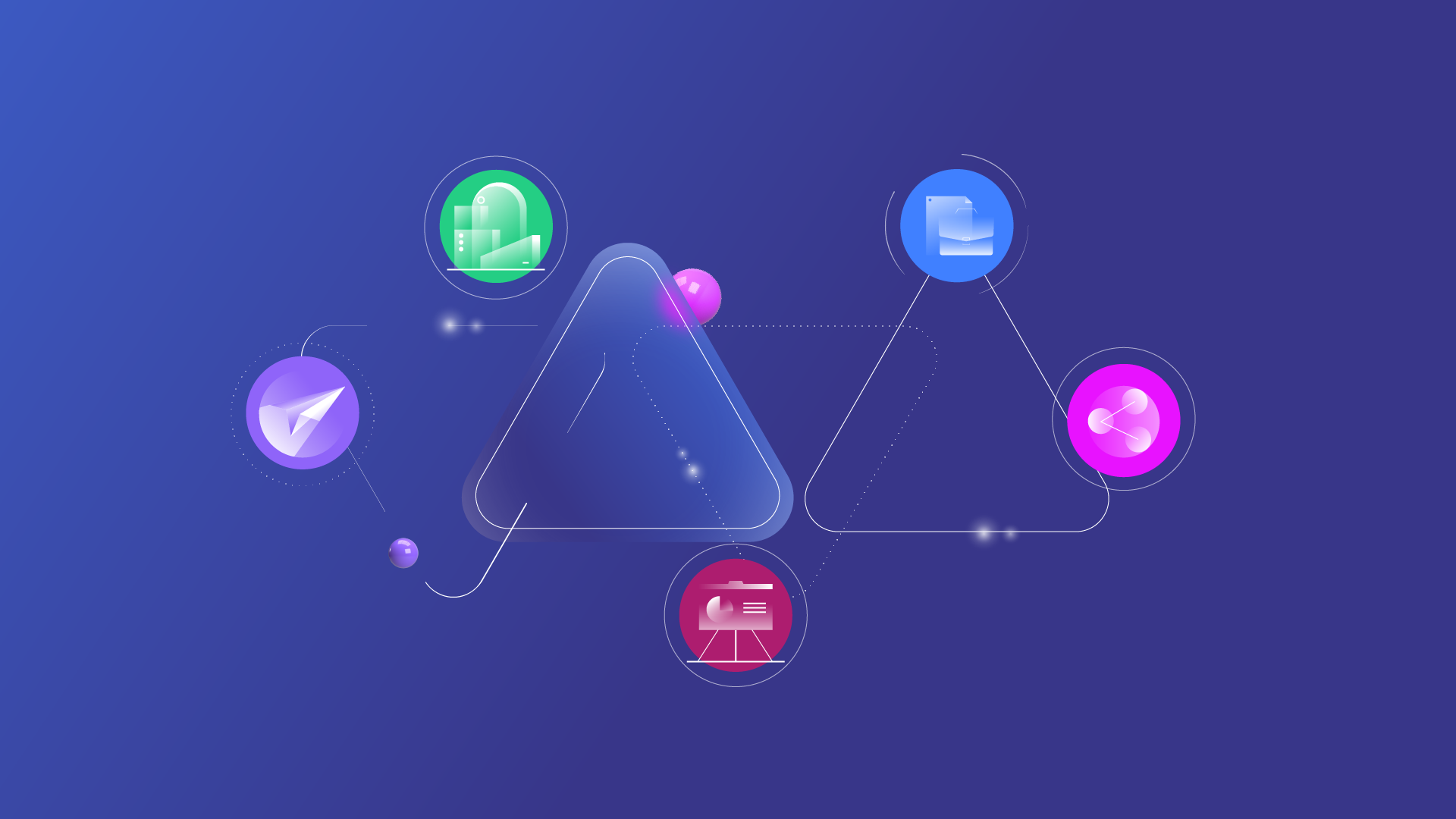
Headless commerce platforms, by design, decouple the front-end customer experience from the back-end systems. This means the front-end, which is what your customers interact with, communicates with the back-end systems through APIs (Application Programming Interfaces). Because APIs are built to facilitate communication between disparate systems, they allow for easier and more efficient integrations between various software tools and platforms.
Furthermore, as businesses grow and evolve, their technology needs change. The scalability of headless commerce ensures that enterprises can adopt new tools or update existing ones without a complete system overhaul. This not only saves time and reduces costs but also ensures a consistent and uninterrupted customer experience.
How Does Enterprise Headless Commerce Differ from Traditional eCommerce?
The world of eCommerce has been transformed by the rise of headless commerce, especially at the enterprise level. However, understanding the distinction between traditional eCommerce and enterprise headless eCommerce is essential for businesses striving for modernity and adaptability. So, how do these two differ?
Architecture and Flexibility
Traditional eCommerce platforms are typically monolithic in their architecture. This means that the front-end presentation (what users see) is tightly coupled with the back-end systems (like databases, inventory management, and payment gateways). Any change to the user experience often necessitates adjustments to the back-end, making the entire process cumbersome and less agile. On the other hand, enterprise headless eCommerce decouples these two components. The front-end and back-end operate independently, connected by APIs. This separation provides businesses with the flexibility to redesign or reconfigure the user interface without disrupting the back-end operations.
Speed and Adaptability
The pace of digital evolution demands that businesses be nimble in their online operations. Traditional eCommerce setups, given their integrated nature, often require longer development cycles for updates or overhauls. In contrast, headless systems allow for quicker iterations on the front-end, enabling businesses to adapt to trends, technological advancements, or customer feedback more promptly.
Integration Capabilities
In a traditional setup, integrating third-party tools or services could be a complex endeavor because of compatibility issues with the monolithic structure. Enterprise headless eCommerce shines in this area, with its API-driven nature simplifying the integration of external services, be it CRMs, advanced analytics tools, or innovative marketing platforms.
Scalability
While both traditional and headless systems can scale, headless platforms often offer more streamlined scalability options. As businesses grow, they can easily expand their front-end experiences across new channels or platforms without having to reconfigure their entire system. This flexibility is especially valuable for enterprises aiming for rapid expansion or global outreach.
Customization and Personalization
Traditional platforms often come with preset templates and functionalities, limiting the degree of customization. With headless systems, enterprises have the freedom to craft bespoke front-end experiences tailored to their brand and audience, all while leveraging robust back-end capabilities.
In Conclusion,
For organizations keen on diving deep into omnichannel eCommerce, headless platforms are almost irreplaceable. They offer enterprises the agility to manage diverse sales avenues, swiftly introduce front-end alterations, and consistently prioritize the customer experience across all their eCommerce channels. It’s clear that headless eCommerce is paving the way for the future of innovative online retail. It might be worth pondering if it’s the right direction for your enterprise.
If you are ready to dive deep into this realm of eCommerce, our team of experts is here to help. We have plenty of professional developers and specialists, who have years of experience and gain a bunch of certified badges from Adobe and Shopify. With our ability to enhance your online presence with enterprise headless commerce technologies, we are confident that we can get your back and boost your sales to higher levels. Discover our comprehensive Magento headless development service now!




